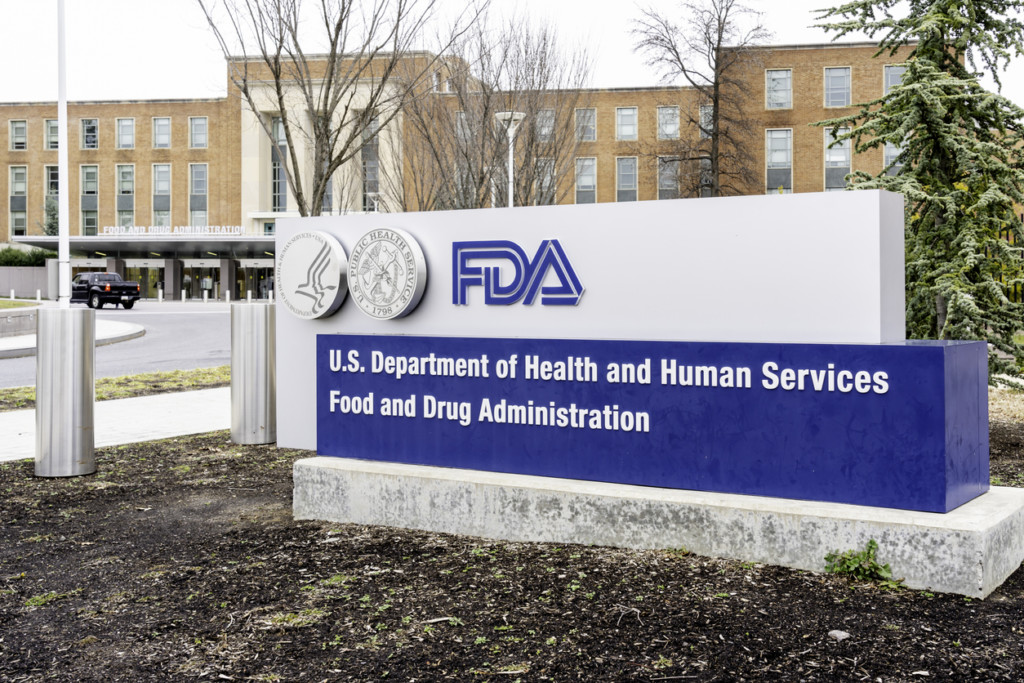In the past, those struggling with substance addiction had to attend an in-person drug treatment center to get help. Nowadays, it is easy and convenient for them to get help from the comfort of their homes using apps like telehealth. Treatment via a mobile clinic is another effective, non-invasive alternative to attending inpatient or outpatient rehab.
Those receiving treatment can continue working while receiving medicated therapies that help them manage their symptoms. This includes the use of numerous interactive tools and resources. Some of the effective ones are personalized plans, online monitoring of behavioral changes, and encouragement from peers in recovery.
Current Mobile Methadone Rules
Over 92,000 individuals lost their lives due to overdose in the year ending November 2020, according to the Center for Disease Control and Prevention (CDC). That number, which as a rise from less than 72,000 the previous year, was the biggest ever registered.
To tackle the alarming rise of opioid overdose deaths, ensuring access to substantial proof-dependent therapy is critical. Methadone, for instance, is a remarkably effective prescription for addressing opioid addiction.
Despite this, there is a nationwide scarcity of opioid treatment providers (OTPs), who are the sole health care practitioners allowed by federal law to provide methadone in lengthy opioid use of illness therapy. Many people have to travel great distances, often every day, to access an OTP. In remote places, transport constraints and a lack of OTPs reduce treatment adherence and increase the likelihood of opioid overdose.
One option for improving accessibility to proof-based treatment for marginalized people and improving treatment adherence is to use mobile narcotic addiction treatment (or vans moving to various areas to give methadone therapy). These mobile vans can provide medication for opioid addiction to marginalized communities and minorities. Mobile methadone distribution can also enable imprisoned people, those who live in remote areas, and people who have transportation issues, access methadone treatment.
“These regulatory changes make management or detoxification therapies more commonly accessible, while we also guarantee to take measures to prevent diversion. We desperately need initiatives such as this evidence-based therapy in underprivileged regions, “Acting Director of National Drug Control Policy Regina LaBelle noted.
The Drug Enforcement Agency (DEA) issued new regulations effective June 28, 2021, allowing DEA-registered OTPs to build and maintain mobile methadone vehicles without having a distinct DEA license for every mobile element. The agency previously disallowed such new mobile methadone units since 2007.
The law allows mobile NTPs to distribute addictive medications in categories II–V for upkeep or detox therapy in locations other than the NTP’s listed area without acquiring a distinct mobile NTP license.
Because of the rising popularity of synthetic opioids, which are often highly potent and responsible for roughly 73% of opioid-related fatalities all across the nation in 2019, the law comes at such a vital moment. The DEA stated that the rule change is a response to the growing demand for methadone therapy in remote locations, where people are more likely to suffer opioid addiction. NTP brings methadone therapy closer to the community they serve thanks to mobile units, which will reduce travel costs and time for marginalized communities.
The new regulation, however, does not resolve the strict regulatory system which demonizes methadone and restricts its availability. Nonetheless, states and healthcare personnel can break new ground within the original policy system to reduce the COVID-19’s worrying overdose trends.
How Significant is this Rule Change?
The DEA reduced the obstacles to new mobile methadone units by allowing OTPs to handle methadone mobile elements without special authorization. Established OTPs can add mobile methadone units to their practices without having to fill out lengthy paperwork or endure long periods. The elimination of the permit system can cause an increase in mobile methadone distribution, making methadone treatment readily accessible.
Whereas the DEA’s Diversion Control Division has over 1,900 therapeutic interventions accredited, Thomas Prevoznik, deputy assistant administrator, highlighted that “not all opioid-addicted Americans get access to the brick-and-mortar sites, particularly in remote areas. This is because of the number of circumstances, notably vast distances and a shortage of transportation choices.”
He added, “This enacted rule gives MPTs who want to run a mobile component additional freedom. Our measure simplifies the registration procedure by removing some unnecessary bureaucracy.”
The current guidelines impose considerable constraints on how mobile methadone vehicles function, owing to misunderstandings about the reasons for and regularity of methadone diversions. The regulations impose stringent safety and accountability requirements for drug storage.
The DEA may demand vans to report to the designated OTP, withdraw all pharmaceuticals inside, and safeguard them in the brick-and-mortar OTP. The vans may not switch or distribute drugs, carry patients, or offer long-term nursing or emergency services. They are only allowed to operate in states that are identical to their licensed OTP’s jurisdiction.
“The DEA has determined that mobile NTPs should return to their allowed spots at the end of every day’s activities and that we should meet this necessity whilst increasing access in underserved areas, though this is not essential,” the agency noted.
The regulations, however, attracted some criticism at the beginning. Some individuals claimed that methadone vans stationed in regions with just a few established OTPs must travel long distances daily to serve remote clients, just as they do now, to visit existing clinics. Going to the OTP site each day also raises operational costs and car wear and tear, potentially reducing or eliminating the cost benefits of the mobile units.
Since 90% of established OTPs are in cities, these difficulties may limit OTPs’ motivations to deploy mobile features to extend methadone availability in remote regions with high demand. The DEA introduced a section inside the ruling that specifically allows OTPs to seek an exception to any part of the rules, such as the “daily return” mandate, in order to address such issues.
Mobile Methadone Units and Legislative Obstacles
According to the agency, “NTPs are in a stronger place than DEA to assess how far mobile units can roam beyond their specified address while still having enough time to get back to their registered site at the end of each day.”
Although federal rules officially allow using mobile methadone units, state laws regulating the license and running of OTPs can expressly or inadvertently prohibit their operation. To file for OTP accreditation in Mississippi, for instance, you need a letter of recommendation by local police departments, public officials, or a county judge.
These laws provide local governments with a great deal of power to hinder OTP growth and foster the NIMBY (Not In My Backyard) community’s feelings and prejudice towards drug users.
State statutes prohibiting the establishment of OTPs within a particular distance of open realm or religious sites can stifle outreach to homeless persons or belief initiatives to contribute in-kind tools that facilitate contact with drug addicts. For instance, in South Carolina, they prohibit OTPs from functioning within 500 feet of a chapel, recreation area, dwelling, or park in the neighborhood.
Authorities should review existing laws regarding OTPs, particularly licensure, reporting, and compensation, in advance, to make sure state statutes do not serve as impediments. Other jurisdictions attempt to expand methadone access by establishing laws that allow “methadone treatment units,” or branch offices, to operate.
Ohio’s drug units’ regulations allow OTPs to function outside of federally designated healthcare institutions within nine miles of the principal OTP facility and in areas with populations of less than 60,000 people. States should add to established opioid medication component laws to make it easier to deploy mobile treatment vans to improve access to treatment.
The Role of Authorities
The updated law is important for boosting mobile OTP services, although operators and regulators need more resources to make new mobile units a reality. Raising the compensation level in Medicaid expansion areas will offer critical financial help to ensure service expansion.
A thorough federal aid incentive to support the start-up and hardware expenses for these mobile units, as well as expert advice and professional practice tools for authorities and caregivers, can enable states to consider concrete efforts to put units in remote communities.
Federal aid can push state agencies to work together to combine resources and create entities that will add functionality to underrepresented communities. Individuals in the county and national penitentiary, as well as individuals who use needle intervention strategies, can have better access to such life-saving services without paying the expensive costs of setting up their independent OTP.
A top SAMHSA (Substance Abuse and Mental Health Services Administration) advisor recently commented on whether federal dollars could help treatment facilities finance the vans. The response: “It is an acceptable use for SAMHSA financing, and we will engage with jurisdictions to resolve any concerns they have about how to secure SAMHSA monies for such objectives.”
The Takeaway
A new federal rule has increased the capability of narcotic treatment programs to help individuals suffering from opioid addiction. The rule, which includes a leeway for NTPs to add more vans to their mobile treatment fleet without individual licensure for each, allows them to reach more individuals, especially in remote areas.
Such changes could allow the nation to deal with the opioid addiction menace that is still wreaking havoc all over the nation, especially within the rural communities. The changes could also increase the administrative tasks within your addiction treatment center. Having electronic health records makes it easier to manage all the patients within your network. Your mobile units will also carry less paperwork and have quick access to any patient’s data.
Procentive’s EHR software and practice management solutions help behavioral, mental, and chemical health professionals of all sizes. Whether your organization is a non-profit or for-profit, providing psychiatric health, including substance addiction, mental health, and social care, we can serve you from our Midwest headquarters. Schedule a demo with us today.





